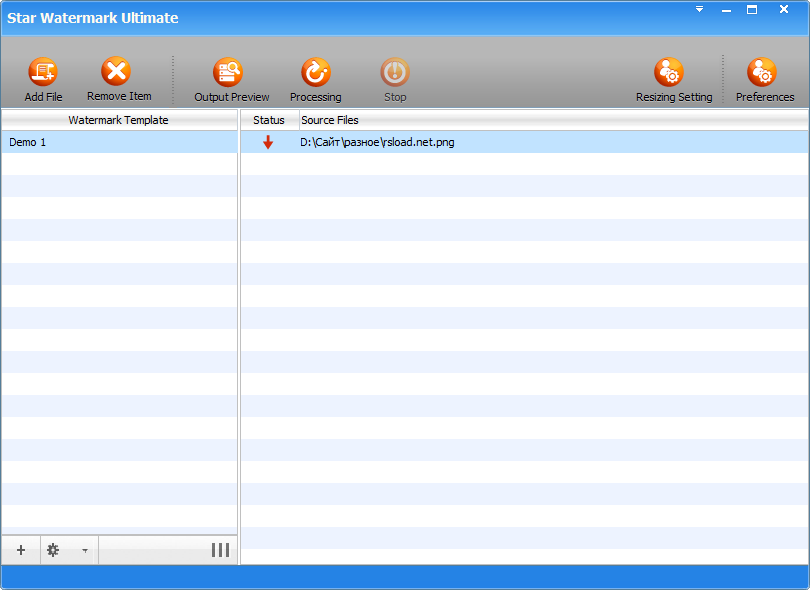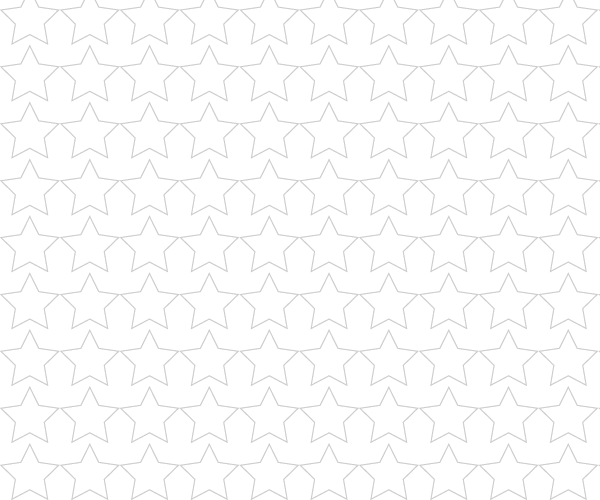
Finding a close match between a watermark in a document and one in a database allows you to place your watermark at a specific point in this continuum, and therefore makes it possible to estimate a very approximate date for the paper's manufacture.Ī closely similar watermark was probably produced in the same geographical region at around the same time as the recorded watermark. For example, over the decades pots' crowns tended to gain more jewels, for example, and later crescents, then fleur-de-lis.
Major collections of watermarks like Briquet demonstrate clearly that there were definite trends in watermark design, with a tendency towards increasing elaboration. The two stocks of paper do not come from the same mould, it is just that these two different watermarks have a similar design.ĭescribing a watermark with reference to its similarity to a reproduction in one of the catalogues informs the reader of the type and general appearance of a watermark more accurately and succinctly than a verbal description is likely to do. It is important to remember, however, that making a comparison between two similar watermarks is an not an identification of the watermark: it is based on similitude, i.e. It is unusual to be able to find a specific watermark in any of the databases, however similar watermarks can usually be found. For this reason online databases are preferable because their images are usually mechanically produced. It is not always possible to be sure that a given watermark is the same as the closest match in a printed catalogue. The images they provide are therefore not always detailed or exact. The number of watermarks from the hand-made paper period that do not appear in any database greatly outnumber those that do.īriquet and the other printed catalogues of watermarks are based on tracings. Firstly, none of the printed or on-line databases are remotely close to being comprehensive. Whilst the scholarship and industry of these databases is very impressive, they should be used cautiously. What none of these systems allow for is the computerised search of the images themselves, which would clearly be preferable. This problem would become acute in a database of watermarks of significantly greater scope than any of the existing resources. However this is a system of considerable taxonomic complexity (you need to know your trefoils from your fleurons). Online databases such as Gravell are more discriminating, using a combination of type (primary descriptors) and numerous secondary descriptors (ornaments and additions to the basic type). The Printed catalogues are arranged by watermark type, but there may be dozens or hundreds of watermarks reproduced under a single heading. These printed catalogues have now been supplemented with online resources. Edward Heawood, Watermarks, mainly of the 17th and 18th centuries (Hilversum, 1950).Churchill, Watermarks in paper in Holland, England, France, etc, in the XVII and XVIII centuries and their Interconnection (Amsterdam, 1935) Two smaller collections that cover a later period are:

Briquet spent many years in archives across France, tracing watermarks from paper dated up to 1600. flag, pot, wyvern, etc.), and provide reproductions of various watermarks of that type along with information about the paper on which the individual watermark is found - its place of origin and date of use (usually based on the date of publication of one or several printed books in which it is found).

These are arranged by watermark type (i.e. There are a number of printed catalogues of watermarks.


 0 kommentar(er)
0 kommentar(er)
